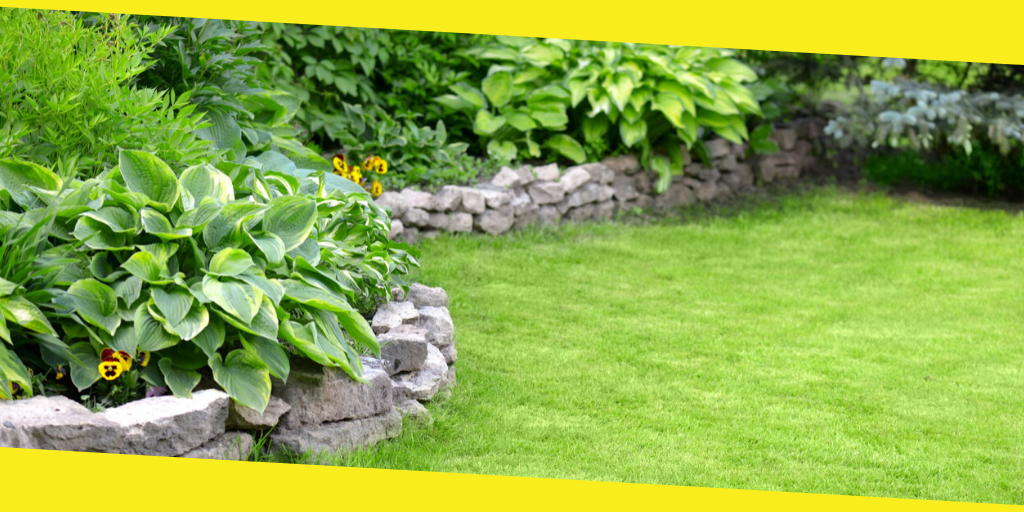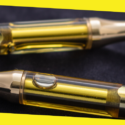The Most Effective Ways for Dealing with Crabgrass

If you’re passionate about having the perfect lawn, then you too hate crabgrass and already engaged in a couple of battles against this very resistant weed that always finds a way to grow back. It seeds in the middle of spring when the soil temperatures are around 55 Fahrenheit and can quickly become a problem during summers since it loves hot and dry conditions. You should know that you need to take action against crabgrass even though the affected area doesn’t look that big. One single plant can produce thousands of seeds that will germinate next spring if you let it reach maturity.
But enough with the scary stories. Here’s how to kill this weed using the best crabgrass killer and enjoy an excellent lawn.
Contents
ToggleTools You’ll Need
- Garden rake
- Broadcast spreader
- Spade
- Pump sprayer
- Work gloves
- Safety glasses
Materials Needed
- Grass seed
- Crabgrass killer – herbicide
- Preemergent herbicide
Now you have all the materials and tools that you need. It’s time to take a step-by-step journey into getting rid of crabgrass once and for all. Here’s what you should do. It’s a lengthy process. However, it will be worth it in the end.
- You should just let the grass grow to determine when it’s the best time to apply the preemergent herbicide. It would be best if you did it after the second mowing in spring.
- Using a spreader, apply the granules of herbicide and make sure to focus around walks and driveways where crabgrass has the habit of appearing over and over again. Also, if you have a neighboring yard that also has crabgrass, make sure to insist near the fence separating the two yards.
- It’s better to apply the crabgrass killer right before the rain so that the water can work the herbicide into the soil for maximum effects. However, if you’re going through a dry period, you can just gently water the surface once the herbicide is applied.
- Making sure you’re using a high-quality crabgrass killer is also an essential step in the process. That’s why you should know that if you’re using a preemergent crabgrass killer, the chances are you won’t be able to seed regular grass the same spring. It’s best to wait until the summer or early fall to seed. Or, if you don’t mind making more money out of your pocket, use a crabgrass killer that is also compatible with new strains of grain.
- Feed the grass regularly. A thick lawn rarely contains any crabgrass because it won’t get enough light and fertilizer to grow. Make sure to feed the lawn every six weeks to keep crabgrass away.
- Deepwater the lawn because crabgrass and other seeds are used to grow in harsh conditions. Believe it or not, giving them a humid and productive environment will discourage crabgrass and also help the regular grass grow thick weeds.
- If the herbicide doesn’t get the job done alone, make sure to spray the stubborn patches. Using postemergence herbicide straight on the crabgrass is an excellently efficient way of getting rid of it. However, it would be best if you were precise about applying the herbicide. You don’t want it to affect your lawn as well.
Carefully following these steps and applying them should generate excellent results in the fight against crabgrass. If you’re dealing with other types of weeds, the steps are quite similar. However, always make sure you identify what the weed is so you can use the proper tools and weapons. On Homemakerguide, you will find a guide with all the various plants that could jeopardize your lawn. A little research will help you get rid of unwanted weed for good and enjoy that green lawn you always wanted.
Recommended For You
Weed Eater – What Should You Know Before Buying Weed Eater?
Most Inside
Most Inside offers high-quality recommendations and valuable updates to enhance all aspects of your life, providing premium guidance and enriching experiences.




